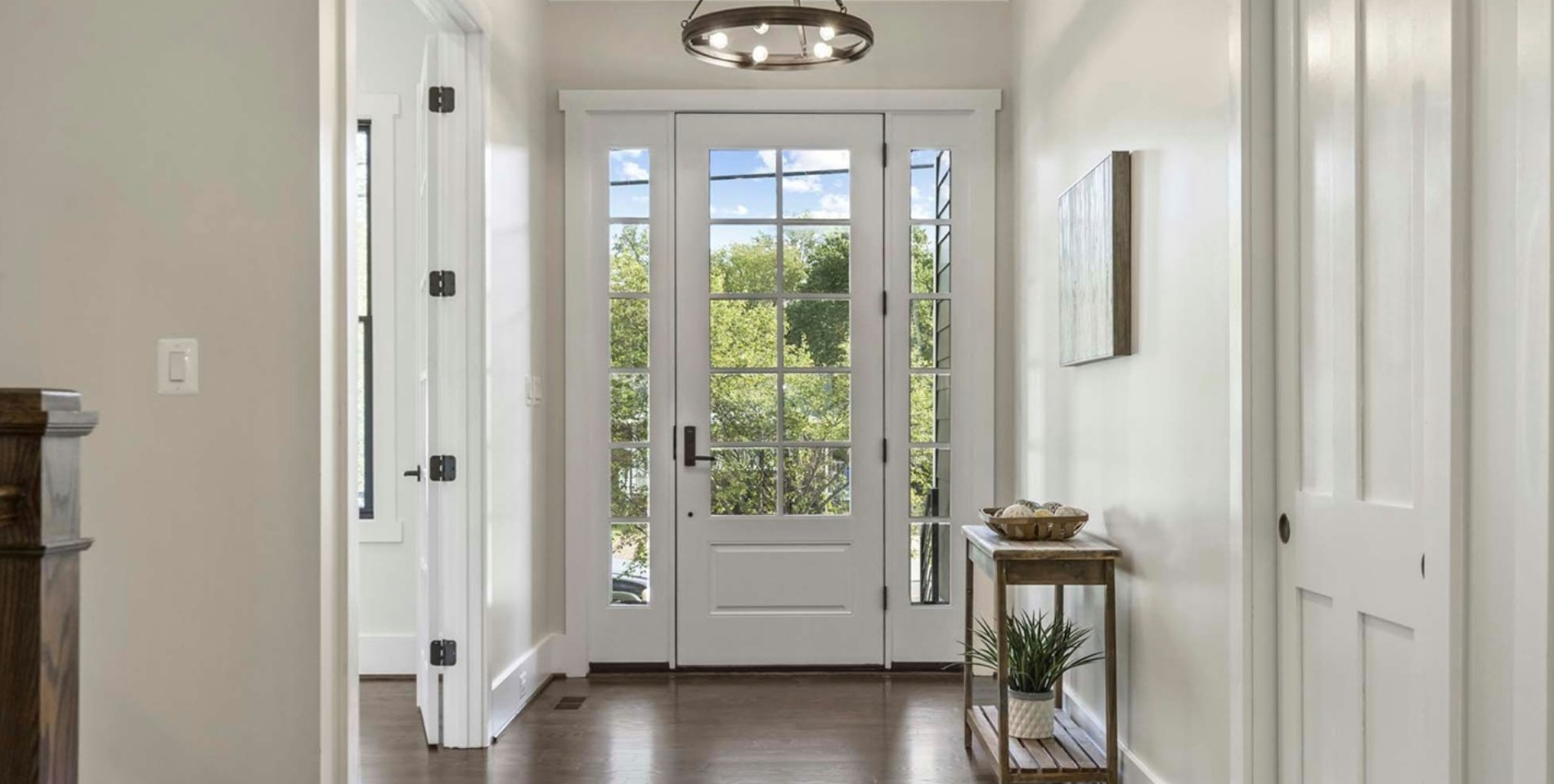
Frequently Asked Questions (FAQs) about Interior and Exterior Doors
While replacing your interior and exterior doors may not seem like a major project as far as home renovations go, the doors you choose will have a significant impact on your home’s overall style, security, and energy efficiency. But as you start researching the different products available, it can feel overwhelming trying to choose the best options for your home.Whether you’re a homeowner interested in purchasing and installing your own doors or a contractor choosing products for your clients, Arizona Door Store offers an extensive selection of interior and exterior doors to suit a range of needs, styles, and budgets. To help guide you in your search for the right doors, here are answers to a few of the FAQs we encounter:
How can I make sure that I’m choosing doors that will complement the style of my home?
Your front entry door is a major factor in your home’s curb appeal, while the interior doors can help ensure a cohesive look from room to room. There are several factors that make different doors better suited for different architectural styles, including the material the door is made from, the layout of panels, and the hardware used. For instance, at Arizona Door Store, some of our most popular interior door options include:
- Shaker-style doors. With clean lines and a minimalist aesthetic, Shaker doors are a perfect complement to contemporary-style homes. The simplest version features one large, flat panel, while multiple panels and different configurations can be used to suit Craftsman, mid-century modern, and other architectural styles.
- Raised-panel doors. Raised-panel doors have a more ornate appearance than flat-panel or Shaker doors, and offer the option of beveling and beading for an even more decorative look. Our doors are available in a wide variety of panel configurations. For example, the Caiman, Continental, and Princeton models combine squared and arched panels for a classic, elegant design aesthetic. The Santa Fe door has a similar layout, but with grooved rather than flat panels for a distinctively Southwestern look.
- Knotty alder doors. Composed of high-quality wood from the alder tree, these doors bring a sense of warmth and character to any room. Also available with different panel configurations, knotty alder doors lend themselves to a more rustic or traditional style.
In addition to these and other types of interior doors, we also carry wood and fiberglass entry doors to suit a vast array of styles. If you’re unsure where to start, our professional design consultants would be happy to tell you more about our selection and make recommendations based on your home’s unique style.
What is the best material for an interior door?
While solid wood has traditionally been regarded as the highest-quality material for doors, there are other options available that offer long-lasting durability—often at a lower price point. For example, solid core doors are engineered with a combination of real and synthetic wood composites, offering an appearance and durability that are comparable to solid wood. Another popular alternative is medium-density fiberboard (MDF), which is an engineered wood product made from recycled wood fibers. It offers excellent quality and, unlike solid wood, resists warping and has a smooth texture, making it easier to paint.
What are the most energy-efficient exterior doors?
One of the biggest advantages of replacing older exterior doors is that many newer models are designed to conserve energy, which will help to maintain a comfortable temperature inside the home while reducing your heating and cooling costs. A door’s energy efficiency depends on various factors, including the material it is made from, the insulation used, glass panels, the door frame, and weatherstripping.
When considering different materials, fiberglass doors are generally considered to be the most durable and energy-efficient options on the market today. Fiberglass is a poor conductor of heat, which means that it will help keep the interior of your home warm in the winter and cool in the summer. In addition, fiberglass is resistant to warping, cracking, denting, and splitting, ensuring a long lifespan without the need for repairs. At Arizona Door Store, our high-performance fiberglass doors have a polyurethane foam core, which creates an exceptional thermal and acoustical barrier with remarkable energy-saving properties. They are Energy Star® certified, meaning that they have been independently tested and verified to meet the strict energy-efficiency guidelines set by the Environmental Protection Agency (EPA).
What is the difference between casing, moulding, and trim?
If you’ve ever installed new doors or windows, you’ve likely encountered terms such as casing, moulding, and trim. Since these terms are sometimes used interchangeably, it can be confusing to try and determine the difference (if any) between them. In reality, the differences are minimal: trim is a general term referring to all the moulding in a home, whether it’s found around doors and windows, where the wall meets the floor (baseboards), or elsewhere. Casing is the type of trim found specifically around doors and windows, while moulding (also spelled “molding”) refers more broadly to decorative woodwork used to enhance an architectural style and bring beauty, rather than structural support, to a room. At Arizona Door Store, we sell various types of trim, including casing, baseboards, and corner blocks.
Do you provide installation services?
While our products are intended for homeowners and contractors who want to handle their own installations, our sister company, the Window and Door Store, offers full-service design, modification, and installation capabilities for all window and door projects.
Have any other questions about interior and exterior doors or the products found on our website? Contact us today to discuss your needs!

